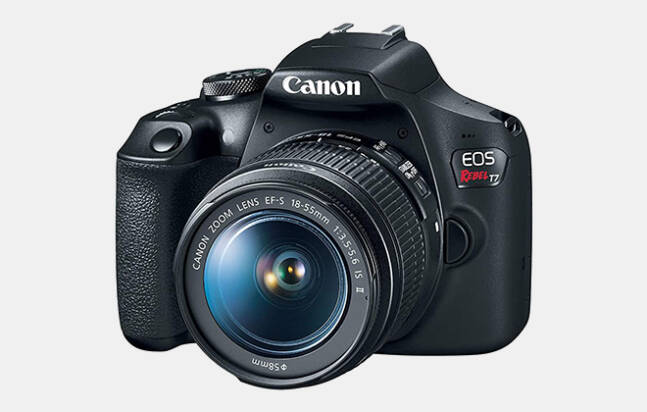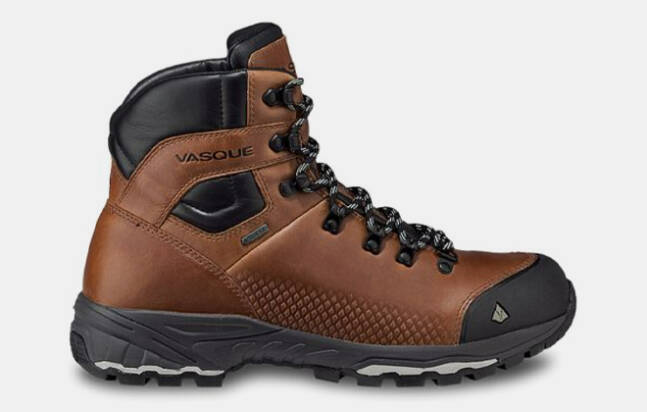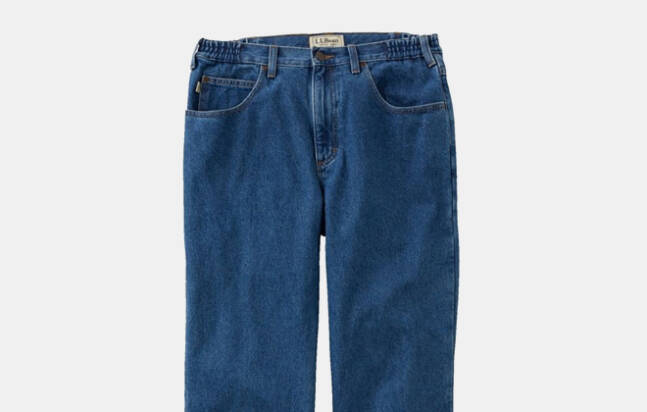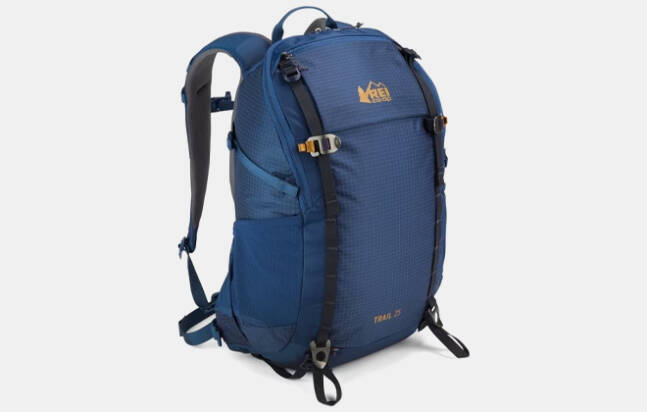Packing for Iceland comes with certain temptations. The country’s wild enough that it feels like you should drop a couple grand on new hiking boots, socks that have the suffix “Tek” in them, brand new camera equipment, a massive backpack, and waterproofing for all of it. Then you rent something with massive tires and back breakingly stiff suspension. I’d urge you to resist that temptation. Aside from people looking for the most extreme sides of Iceland, you don’t need the best, most durable gear any more than you would in any other cold weather city or small town that you’re visiting with the intention of heading into the nearby outdoors.
For the more extreme stuff, it’s not touristy to let the people planning your activities–“excursions” if you still want to lean into the intrepid explorer motif–to provide the equipment for you. On my recent family trip, really only two of our activities necessitated specialized equipment. The first was a tour of Katla Ice Cave, part of the Mýrdalsjökull and Kötlujökull glaciers, and the second was snorkeling in Silfra, a fissure in the Mid-Atlantic ridge filled with water from a glacial spring. For both, the companies that hosted the excursions provided anything you wouldn’t have packed yourself. That includes the super Jeeps.
That said, there are some pieces of clothing and gear that I’m glad I brought to make the most of my experiences. There are also some things I wish I had brought and some that I regretted lugging around. Consider this list general guidelines to packing right for a trip to Iceland.
What I Needed
Footwear
Icelandic terrain and weather is a haymaker followed by an insulting little jab. It’ll twist your ankle then dump an inch of rain on you while you’re on the ground. That goes for mountains, the undetectably soft sections of boggy places that’ll suck your foot down six inches, and the crags of boulder beaches. The best boots to have for the area will have good traction, reinforce your ankles, be completely waterproof, and won’t get uncomfortable on a long day. These Vasque boots I got a few years ago were more than up to the job.
I also had a pair of regular shoes for walking around Reykjavik. Still water resistant, still durable, just a lot lighter than what I was wearing in the mountains and on the beaches. Any of these boots will do just fine.
Weather Appropriate Clothes
As any of my friends, family, or random people I’ve met on the street will tell you, I’ve spent a lot of time in Ireland. My wardrobe, at least the winter section, reflects it. Lots of sweaters, pants, wool socks and hats, water resistant gloves, an insulated rain jacket, all that good stuff. A lot of it is transferable to Iceland, too, and I only had to pick up one or two things before I went over.
Flannel-lined jeans: My main sweater and pants combo came from L.L. Bean. I have their flannel lined jeans, which fit tight but stretch out fairly quickly as you wear them, and their command sweater, which is the single greatest piece of clothing I own. I feel like I betray it to the core every time I put it away as the warmer weather keeps my sweat glands at a constant hum. I was the only person who wasn’t feeling a major chill when the water finally started to seep through all our layers, and this sweater is the major reason for it.
Fleece-lined, water-resistant pants: I didn’t wear the flannel jeans all the time. On days that were wetter or we were going to be out longer, I had a pair of fleece lined water resistant pants. They were a gift and I don’t know exactly where they were from, but literally any water resistant hiking pants you already have will be fine, especially if you have a warm base layer for underneath.
Raincoat: I got my jacket from Trespass in Dublin during a particularly miserable few days of having lost/forgotten my old raincoat. It’s not exactly this one, but it’s close enough.
Base layer leggings: The company that handles the snorkeling in the fissure told us we needed to wear a warm base layer. I picked up these wool leggings from REI. I now understand why women are always wearing yoga pants, though I myself will not be joining them.
Wool socks: For wool socks, go with Kirkland brand hiking socks from Costco. Kirkland is routinely the best product at the best value and the socks are no exception. I’ll likely be handing them off to my grandchildren when it’s their turn to hike the Irish and Icelandic countryside (if they don’t think it’s gross to wear their grandfather’s old socks).
Gloves: I didn’t find myself using my gloves all the time, but there were a few times I was glad to have them. Mine are very similar to these, also from REI. They wouldn’t stand up to the worst an Icelandic winter has to offer, but, again, I was there in April. I needed something that would keep water off my hand and a bit of heat in, not full insulation.

DSLR Camera
My family, like most people, mostly use our phones for photos, but I threw our DSLR in my carry-on at the last minute. I’m very happy I did. I’ve found a DSLR captures the atmosphere and scale of a place infinitely better than a phone camera can. We don’t even have a particularly upscale one and I still got pictures I was proud to capture images used in a story on WWII artifact hunting on the beach.
REI Co-op Trail 25 Pack
I’ll stop buying REI products when they stop doing the job I want them to. In this case, it was cart around water bottles, snacks, gloves, a jacket, and any souvenirs I collected. The REI bag also comes with a waterproof cover, which was used to great effect.
Going Postal by Terry Pratchett
As far as I’m concerned, Terry Pratchett is the perfect author. At the surface level, his writing is extremely entertaining. You could read just for the jokes and irreverent approach to life and be perfectly happy. But you could also dive a little deeper and would find yourself reckoning with truly heavy hitting philosophical questions. Going Postal is simultaneously an entertaining story about a con man being coerced into government service and an existential exploration of whether or not profit-driven conglomerates are good for the health of society, both of which are great things to think about while on vacation.
What I Brought and Probably Didn’t Need
There was a handful of things I threw in my bag that really didn’t need to come along. Learn from me and save the weight and space for things you want to bring back with you.
Hiking Sneakers
I naively thought there were going to be days where I wouldn’t need a fully waterproof shoe, that there might be a time the sun would come out and I could casually stroll across level ground with only a slightly higher need for better traction. I was wrong and dumb and should have used the packing space for other things.
GoPro
My criticism of action camera equipment is that it’s not generally all that interesting after the fact. I’ve brought mine on bike rides, stuck it on suction cups for cross country trips, and worn it on my head during tropical snorkeling. None of them adequately captured the excitement I was feeling or the drama of the environment. And I don’t have the money to hire a professional editor. Besides, the snorkeling guide came with his own GoPro and took way better pictures.
Too Many Sweaters
A good sweater is comforting, secure, flattering, durable, and generally falls somewhere on the spectrum between brown and green. Being that those are some of my favorite adjectives, I wouldn’t have thought it possible to have too many. But I brought three and only ended up wearing one. The saving grace here was that the extras ended up cushioning more than a few Icelandic beers safely back to America.
What I Wish I’d Brought
Zoom Lens for My DSLR
I like to think I did well with the lens I had, but there were some times that having the longer lens for my camera would have delivered better pictures. It’d mostly be on a hike or something. If I’d get a bit of a lead on my family, I’d turn around for a candid shot, but couldn’t quite get the frame or depth of field I wanted. There were practical reasons I hadn’t brought the lens–it didn’t fit in the case I had to use, luggage space constraints, lack of protection, the hassle and risk of changing out lens on uneven footing–but that didn’t make me feel any better in the moment.
More Money
The Nordic countries are expensive. Even more expensive than you’re thinking. The only reason I didn’t have constant sticker shock was because the conversion math is slightly more complicated than something like the Euro. When I was there, it was roughly 135 Icelandic Króna to 1 US Dollar. Flipped the other way is 1 Icelandic Króna to seven-thousandths (0.007) of a dollar. It’s not exactly simple mental math and by the time you’re done typing things into a converter, most of the window for sticker shock to set in has passed.
I came in under budget for my recreational spending, which isn’t a surprise for someone who considers rocks and bits of broken porcelain to be the highest form of souvenir attainable. Still, there were times I wish I’d budgeted more for some of Reykjavik’s breweries, restaurants, bars, and shops.








